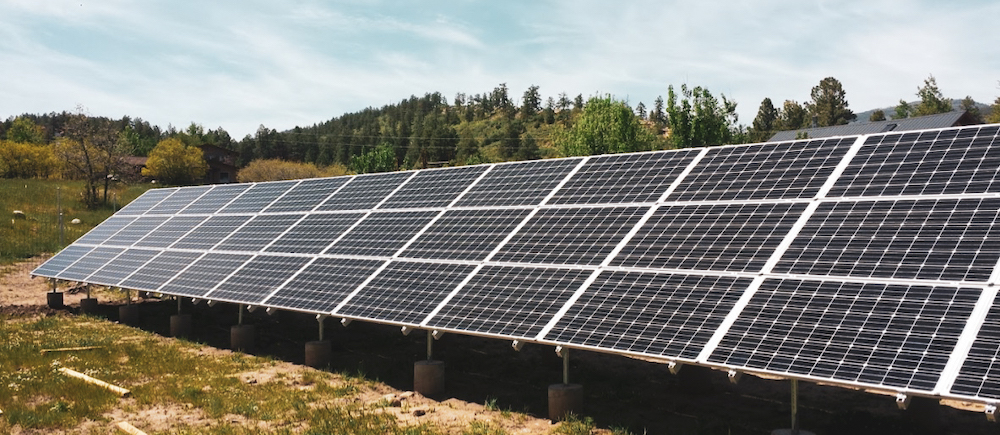This past week Congress passed sweeping legislation that takes a serious swipe at attacking the root causes of climate change.
The Inflation Reduction Act aims to cut carbon emissions by more than 40% by the year 2030. It’s the most significant and comprehensive action to address climate change ever taken by the United States, or any other country for that matter.
For those of us living in the Southwest and the Colorado River Basin, climate change is real and immediate. We see it play out in water yields reduced by millions of acre-feet annually. We see it in drought-impacted forests ever more susceptible to wildfires of historic extent and intensity. The new legislation takes dead aim at halting our contribution to climate change through actions we can hope are neither too little nor too late.
The United States is the world’s second largest contributor to greenhouse gases causing climate change, surpassed only by China. What our country does has a large, measurable impact on climate change, and this legislation re-establishes America’s leadership on the world stage.
Researchers at Princeton University have provided an easy-to-read breakdown of the key components of the Inflation Reduction Act, so named at the insistence of West Virginia Sen. Joe Manchin. Overall, the act hopefully slices carbon dioxide and equivalent emissions by 1 billion tons annually by 2030.
Two-thirds of the reductions come from power generation and transportation. The legislation incentivizes consumers, corporations and utilities to shift from burning fossil fuels to renewable energy sources.
The reductions in emissions from the electricity sector come from accelerating the transition to renewable energy sources by extending tax credits for solar and wind generation for 10 years. The 10-year horizon gives utility planners a decade of certainty for planning and implementing projects that will increasingly displace coal and gas-fired power plants.
The legislation incentivizes more rapid adoption of electric vehicles by extending tax credits. It targets those broadly to the middle class by limiting credits to a capped price of $55,000 for passenger vehicles, and also placing limits on qualifying income.
Reducing emissions from carbon-intensive industrial processes to manufacture steel and cement is another priority target. The legislation provides attractive tax credits to apply still developing carbon-capture technology to these industries, with the intention that government subsidies will help jump-start technological improvements.
Colorado Sen. John Hickenlooper was apparently a key player behind the scenes in bringing Manchin back to the table to hash out the legislation. Manchin represents an economically-depressed state historically dependent on fossil fuel extraction, and Hickenlooper gained his support for sweeping action reducing fossil fuel consumption.
Certainly, some of the savings in the legislation are wishful thinking that rely on yet to be proven technologies. Perhaps with large subsidies provided for carbon capture, we can successfully cut emissions from steel mills and cement plants. Maybe the dream of generating hydrogen with renewable energy will pan out with taxpayer assistance. The federal government has successfully jump-started widespread adoption of other technologies with targeted tax credits and incentives.
Like with all well-intentioned government programs, it’s incumbent on watchdogs to be on the lookout for the opportunists looking to cash in. Locally, that’s a fly-by-night outfit called Enchant Energy that is selling a pipe dream of keeping the aging San Juan Generating Station coal plant in Farmington running another decade with carbon capture. After years of shopping their scheme, Enchant still has no investors or permits for their project, but has scored millions for feasibility studies.
A summary of the carbon savings from the Inflation Reduction Action is available at Princeton’s REPEAT project: https://repeatproject.org.
This content first published in the Durango Herald here.




